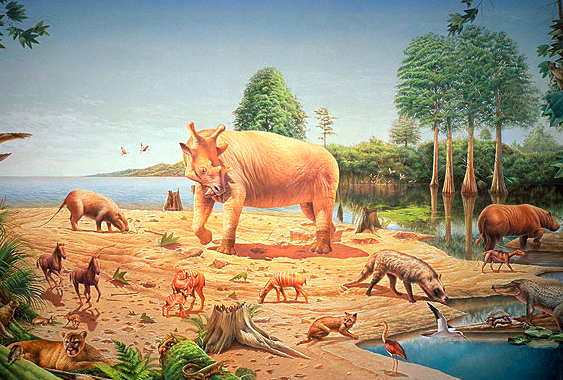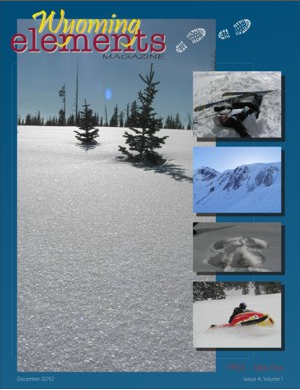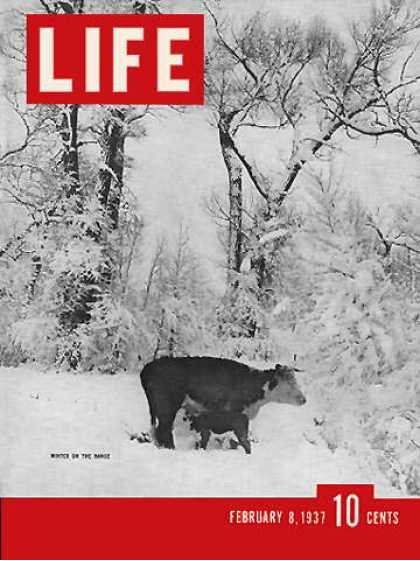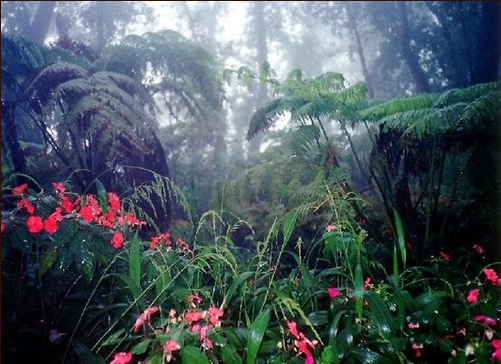What Is An Equable Climate?
In a one sentence explanation, equable climates are periods of roughly equal temperatures throughout the world. A more detailed description focuses on the equator to pole temperature difference (EPTD) and the seasonality in the high-latitudes, or regions that are above 60°N or below 60°S. The equator to pole temperature difference describes exactly what it sounds like: the difference in temperature between the region near the equator and the areas close to the poles. Presently, there is a large difference between the two regions' temperatures; however, this situation has not always existed. During the late Cretaceous period (~100 to 65.5 million years ago) and the early Paleogene period (65.5 to 34 million years ago), the poles were much warmer than they are currently and were much closer to equatorial temperatures than they are today. Additionally, the temperatures in the high-latitudes did not fluctuate as much as they do today, and in the winter, they remained closer to summer temperatures than they do now. This behavior can be termed low seasonality. Combining these characteristics defines equable climates. They are periods with a low EPTD and low seasonality.

An artist's rendition of the Eocene (Image by Bob Hynes)
What Was It Like During The Cretaceous And Paleogene?
The world was a very different place during the equable climates of the Cretaceous and the Paleogene. While the tropics maintained relatively stable temperatures (Zachos, 1994; Pearson et al., 2001), the high-latitudes were much warmer than they are currently, and greenhouse gases, such as carbon dioxide, existed in significantly higher concentrations too (Sluijs, 2006). The warmest period was the Eocene Climatic Optimum with peak temperatures occurring between 52 and 50 million years ago (Ma) (Wing and Greenwood, 1993). During this time, sea surface temperatures at the North Pole increased to 23°-24°C in the Eocene epoch (~56 Ma to 34 Ma) from 18°C during the Paleocene epoch (65.5 Ma to ~56 Ma) (Sluijs et al., 2006; Moran et al., 2006). In North America between 45°N-50°N, there were no periods longer than a day with temperatures below freezing, and no minimum temperatures below -10°C, or 14°F (Wing and Greenwood, 1993). That region includes Wyoming, North Dakota, and southern Canada all of which now receive enormous amounts of snowfall and endure subzero temperatures on a consistent basis during the winter. Additionally, during this time, Arctic sea surface temperatures reached tropical or subtropical levels (Sluijs et al., 2006). These details reveal the extent of the differences between the modern climate and the equable climates in the Cretaceous and Eocene.
These dramatic changes in the global climate produced a vastly different state of the Earth. For example, almost all of the polar ice sheets disappeared (Zachos, 1994). Additionally, ancient crocodilians, relatives to present-day crocodiles and alligators, and giant tortoises lived in Wyoming (latitude 47°N) and even Ellesemere Island (latitude 78°N), places far too cold for them now (Wing and Greenwood, 1993; Markwick 1994). On a similar note, palms and other broad-leaved plants existed at latitudes of 50°N, but these species are unable to inhabit there under present conditions (Greenwood and Wing, 1995). The world clearly differed from its current state.



Modern-day winters in Wyoming differ greatly from Wyoming's climate during the Eocene. Top - Present, Bottom - Eocene
(Top Right - Image by David and Sonia Klein, Top Left - Image courtesy of Life, Bottom - Image courtesy of The Resilient Earth)
